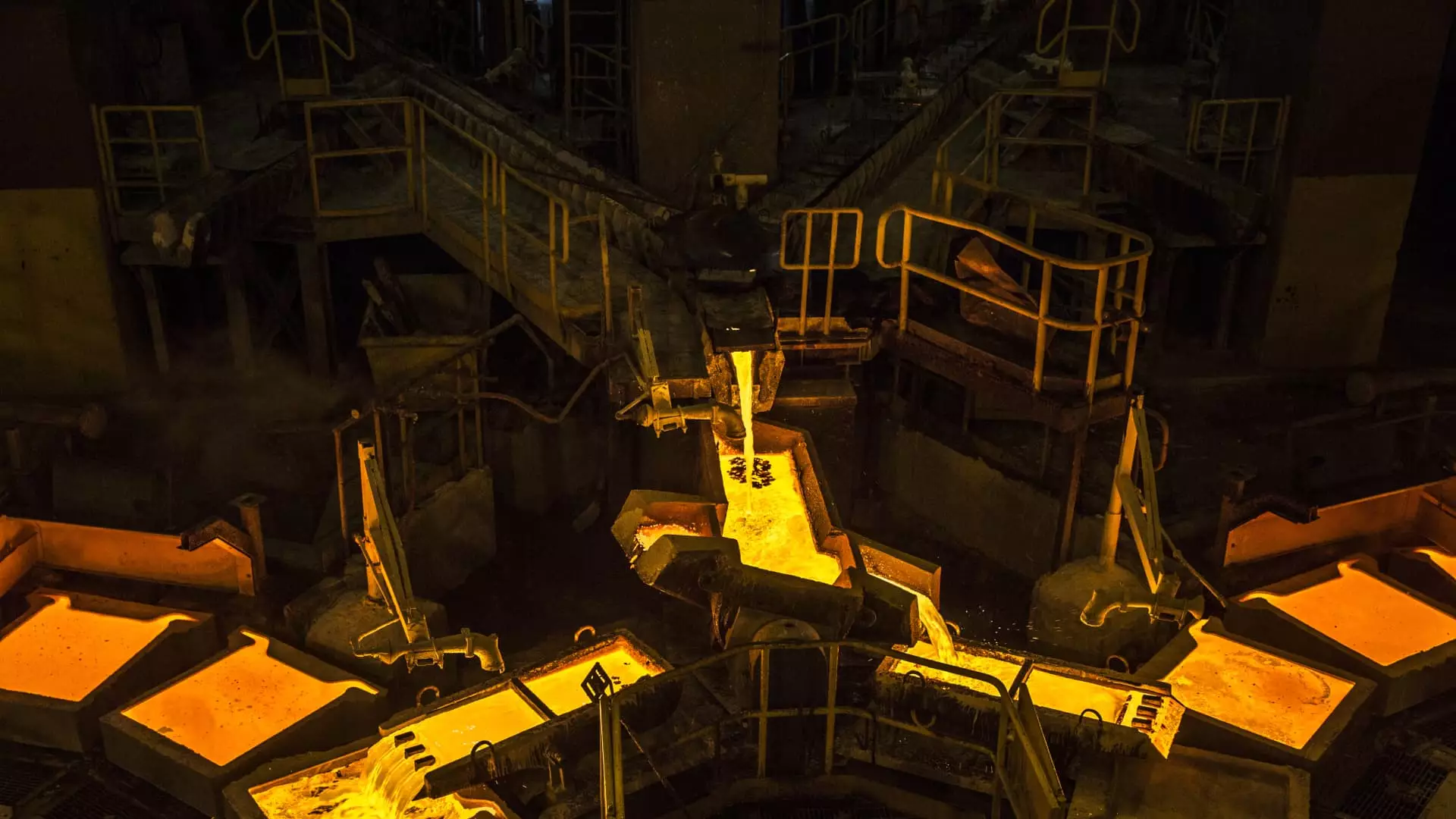Amid the backdrop of political instability in Peru, recent months have showcased a remarkable shift in investor confidence, particularly in the country’s sovereign bonds. As foreign investors now control 39% of Peru’s sovereign bond holdings, it marks a significant milestone, positioning Peru ahead of other emerging markets. This evolving landscape provides a new optic for investors, who are increasingly optimistic about what the future holds for Peruvian fixed income instruments.
The catalyst for this change appears to be the relative pacification of the political environment following a turbulent period marked by frequent calls for governmental change—including the resignation of President Dina Boluarte amidst corruption allegations. While Boluarte’s position remains tenuous, with an impeachment process reportedly on hold, there’s a growing consensus that Peru’s political landscape, rather than sinking the economy, may have inadvertently provided a form of fiscal stability.
Currently rated Baa1 by Moody’s, Peru’s credit rating demonstrates a cautious optimism from major rating agencies. Comparatively speaking, the country’s fiscal health is significant, bolstered by a notably low debt-to-GDP ratio of 33%, which positions it favorably against peers like Brazil and Chile, whose ratios are 86.7% and 40.5%, respectively. This economic robustness bodes well for the bond market, as the country’s stable currency, the Sol, provides a foundation upon which to build investor confidence.
Furthermore, the Central Reserve Bank of Peru’s recent decision to reduce interest rates to 5.25%—the lowest in Latin America—couples well with the context of high real yields. As David Austerweil from VanEck noted, the steep yield curve presents investors with compelling reasons to explore the duration potential of local Peruvian bonds. Consequently, the allure of a 2-year Soberano yielding 4.661% and a 10-year bond standing at 6.428% demonstrates a premium that foreign investors are willing to embrace.
Interestingly, Peru’s gridlocked Congress, although seemingly a hindrance due to its inability to pass legislation, appears to have fortuitously shielded the nation’s bonds from more aggressive fiscal constraints. Austerweil elucidates this dynamic by suggesting that the absence of decisive executive influence may have paradoxically fortified outcomes for fixed income markets, catalyzing a high-quality investment landscape despite ongoing political unpredictability.
The established reputation of the Peruvian central bank as a stabilizing entity plays a crucial role in reinforcing this positive sentiment. Their commitment to normalizing policies in alignment with domestic and international financial expectations signals to investors that Peru is ready to foster an investment-friendly environment, reinforcing its position as a reliable destination for fixed-income investment.
In striking contrast to the sovereign bond performance, the equity markets in Peru paint a more complex picture. The MSCI Peru Index has posted robust gains, reflecting a 55.8% increase over the past year, outperforming its emerging market counterparts. However, this success largely hinges on the commodity sector, which is notably volatile and susceptible to global market fluctuations.
Peru’s status as a leading producer of copper, silver, and zinc means that its equity landscape is intrinsically linked to cyclical factors in the commodities market. While the recent uptick in copper prices—up 24.5% year-to-date—promises potential for short-term gains, this reliance on commodities raises concerns for sustained growth potential in the long run. Pramol Dhawan highlights the importance of comprehensive governance for creating an enduring equity environment and cautions that without a functional political system, equity performance could lag.
The story of Peru’s emerging bond market is one of resilience amidst adversity. While positive sentiment builds around sovereign debt, the underlying factors at play must be approached with measured optimism. The potential for returns may serve as a strong lure for investors, particularly in the face of consistent yield advantages. Yet, the equity landscape remains clouded with uncertainties tied to global demand for commodities and domestic political stability.
Peru stands at a crossroads: empowered by a bond market that appears ready to flourish, yet encumbered by the political narratives that could shape or stifle future economic progress. Emphasizing the need for political reform could unlock new pathways for sustainable growth across sectors, ultimately aligning the country’s fiscal health with the aspirations of its financial markets.

